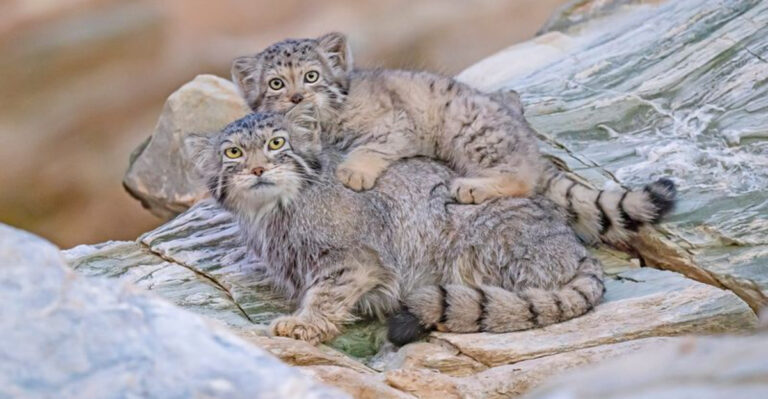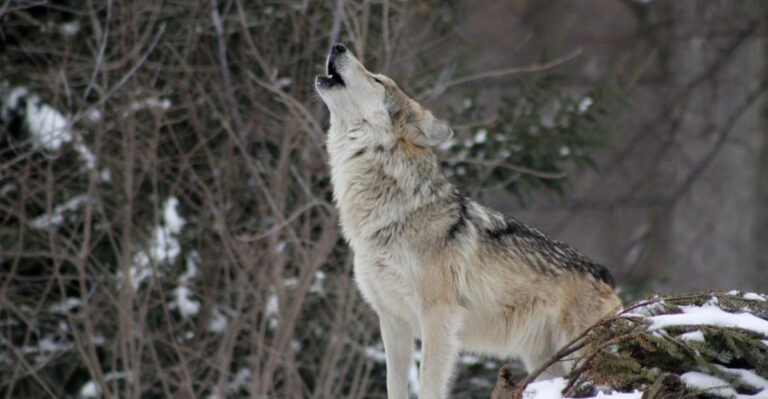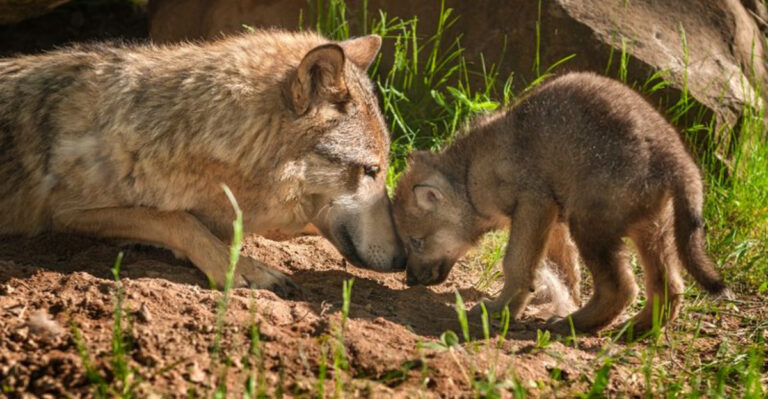15 Marine Animals On The Edge Of Extinction You Need To Know About
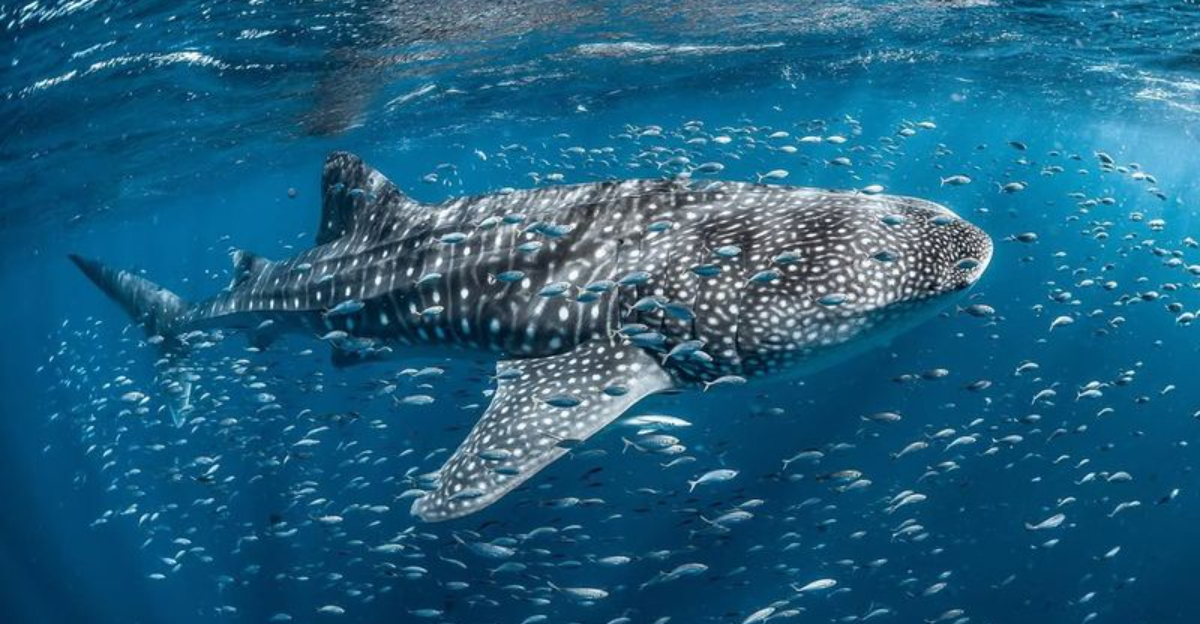
Our oceans are home to some of the most fascinating and exquisite creatures. However, many of these marine animals are on the brink of extinction due to human activities, climate change, and habitat loss.
1. Vaquita
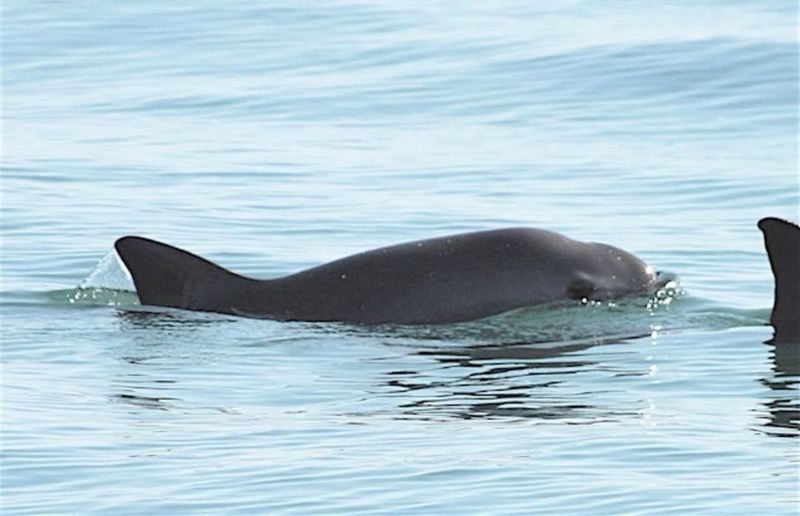
The vaquita, a small porpoise found only in Mexico’s Gulf of California, is teetering on the brink of extinction. With a population estimated at fewer than 10 individuals, they are critically endangered. Human activities, particularly illegal fishing practices, have ravaged their numbers.
Vaquitas often become entangled in gillnets used for catching another endangered species, the totoaba fish.
2. Hawksbill Sea Turtle
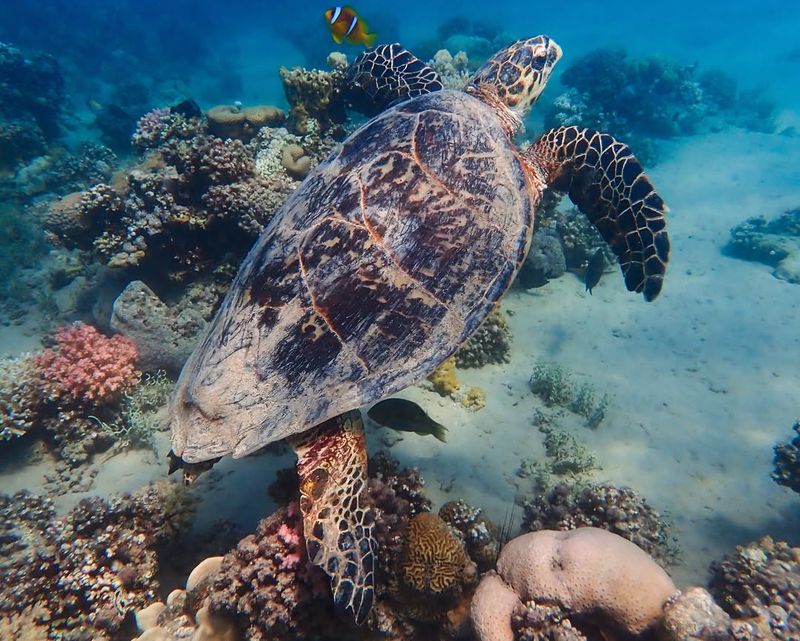
Hawksbill sea turtles are renowned for their beautiful shells, often used to make tortoiseshell jewelry and accessories. Found in tropical waters worldwide, they play a vital role in maintaining the health of coral reefs.
Unfortunately, their population is declining due to illegal trade, habitat loss, and climate change. They are listed as critically endangered, with conservationists working to protect their nesting sites and stop illegal hunting.
3. Leatherback Turtle
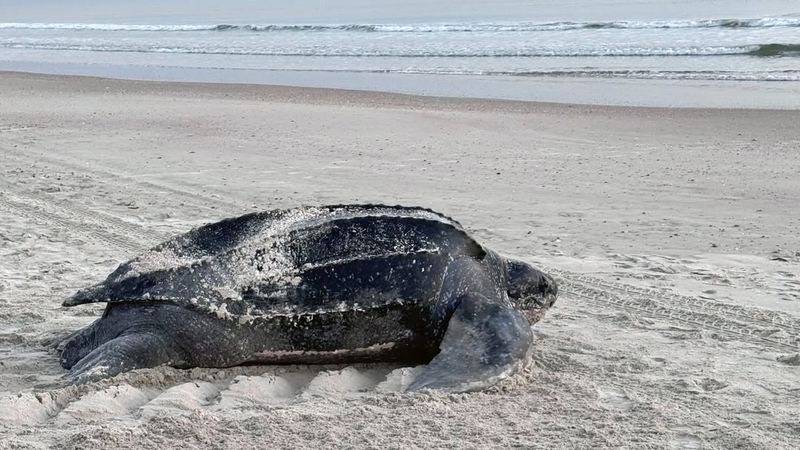
The leatherback turtle, the largest of all sea turtles, is a fascinating creature. Unlike other turtles, its shell is leather-like rather than hard. This unique feature enables it to dive deeper than any other turtle, reaching depths of over 1,000 meters.
However, leatherbacks face numerous threats, including habitat loss, plastic pollution, and climate change. Their nesting sites are often disturbed, and many turtles accidentally ingest plastics.
4. Whale Shark
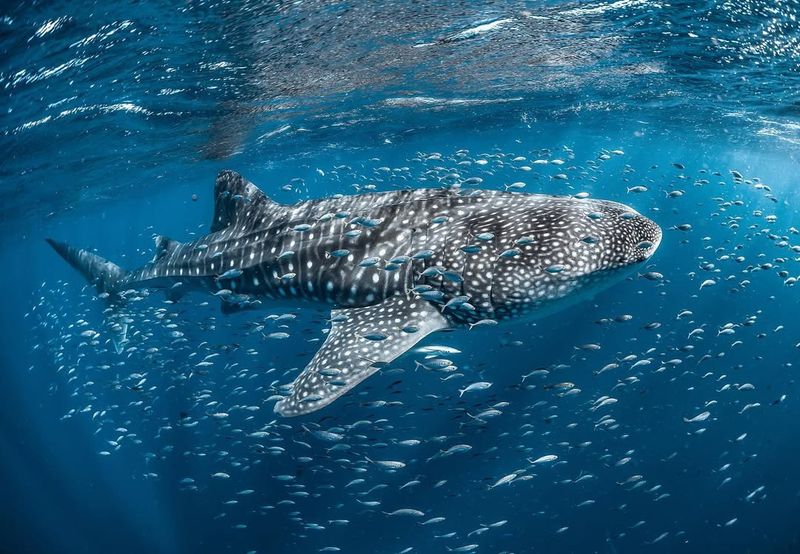
Whale sharks, the gentle giants of the ocean, are the largest fish species and are known for their distinctive spotted patterns. Despite their size, they feed primarily on plankton and small fish. Found in tropical and warm oceans, they face threats from illegal fishing and habitat destruction.
Their slow reproduction rates compound their vulnerability. Efforts to protect whale sharks include creating marine reserves and promoting ecotourism.
5. Blue Whale
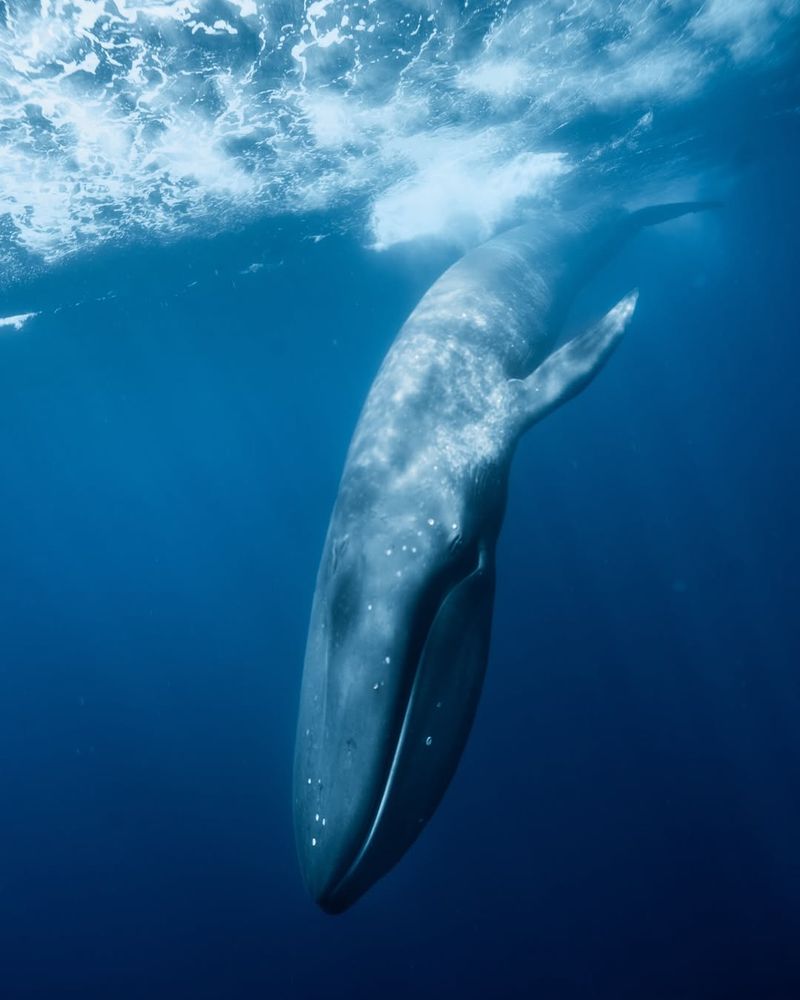
The blue whale, the largest creature to have ever existed, is an awe-inspiring marine mammal. Despite its immense size, the blue whale feeds primarily on tiny krill. Found in oceans worldwide, they were once hunted to the brink of extinction.
Although their populations have begun to recover due to international protection, they remain endangered. Threats include ship strikes, entanglement in fishing gear, and the impacts of climate change.
6. Great White Shark
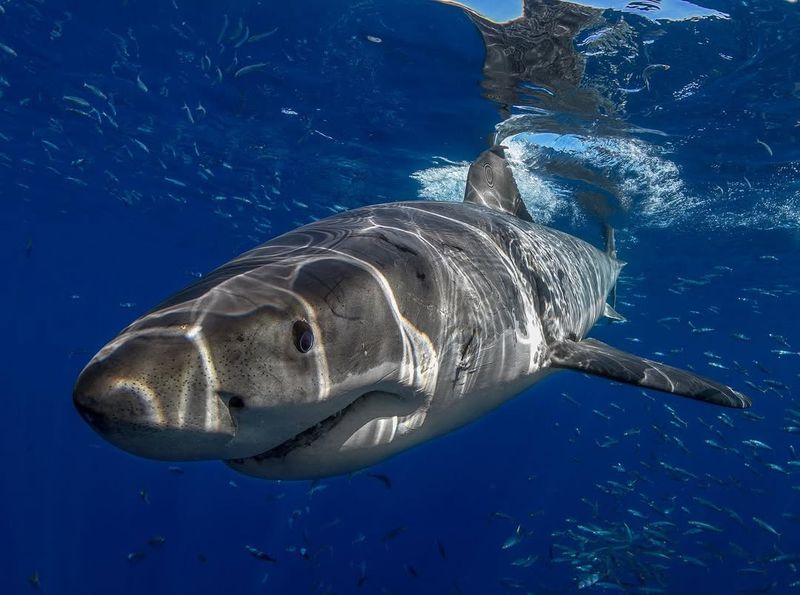
Great white sharks, often misunderstood as aggressive predators, play a crucial role in marine ecosystems. As apex predators, they help maintain the balance of marine life. However, their populations are declining due to overfishing and habitat degradation.
Great whites are also threatened by bycatch, where they are unintentionally caught in fishing nets. Organizations are working to implement sustainable fishing practices and create shark sanctuaries.
7. Irrawaddy Dolphin
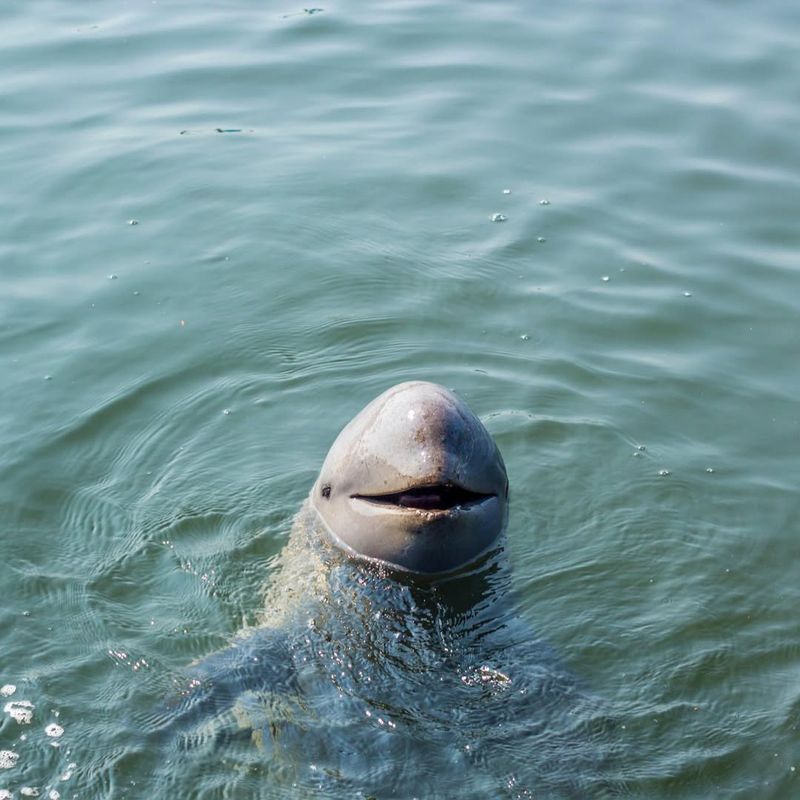
Irrawaddy dolphins are unique for their distinct appearance and playful nature. Found in coastal areas and rivers in Southeast Asia, they face significant threats from habitat loss, pollution, and fishing nets. Their populations are fragmented and declining, leading to concerns about their survival.
Conservation efforts are essential, focusing on protecting their habitats and promoting sustainable fishing. Community involvement and awareness are crucial in regions where these dolphins live.
8. North Atlantic Right Whale
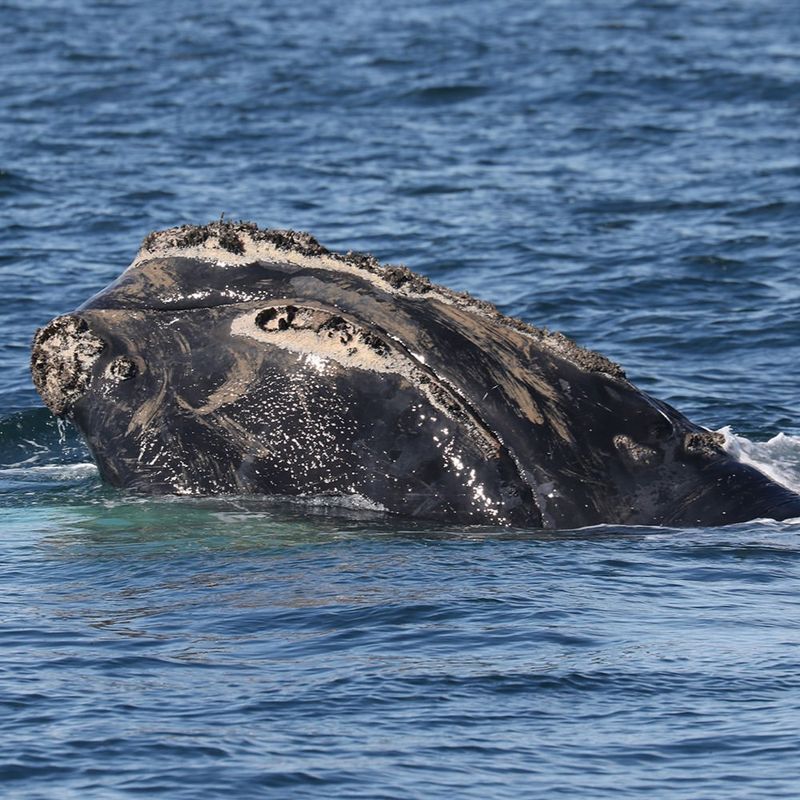
The North Atlantic right whale is critically endangered, with fewer than 400 individuals remaining. These whales are vulnerable to ship strikes and entanglement in fishing gear, which often lead to injury or death.
Efforts to protect them include implementing speed restrictions for vessels and modifying fishing gear to reduce entanglement risks.
9. Giant Manta Ray
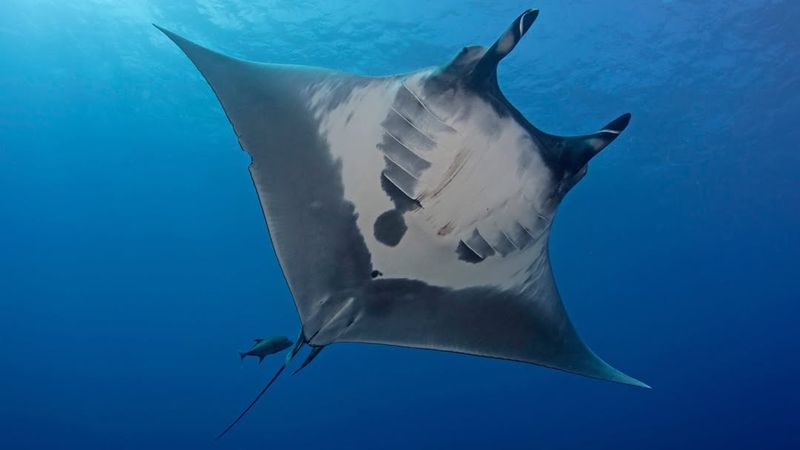
Giant manta rays are celebrated for their grace and intelligence, often seen gliding through tropical waters. They are threatened by overfishing and demand for their gill rakers, used in traditional medicine. Habitat destruction and pollution further impact their survival.
Conservationists are working to protect manta ray habitats and regulate fishing practices. By supporting sustainable practices, we can help ensure the future of giant manta rays in our oceans.
10. Dugong
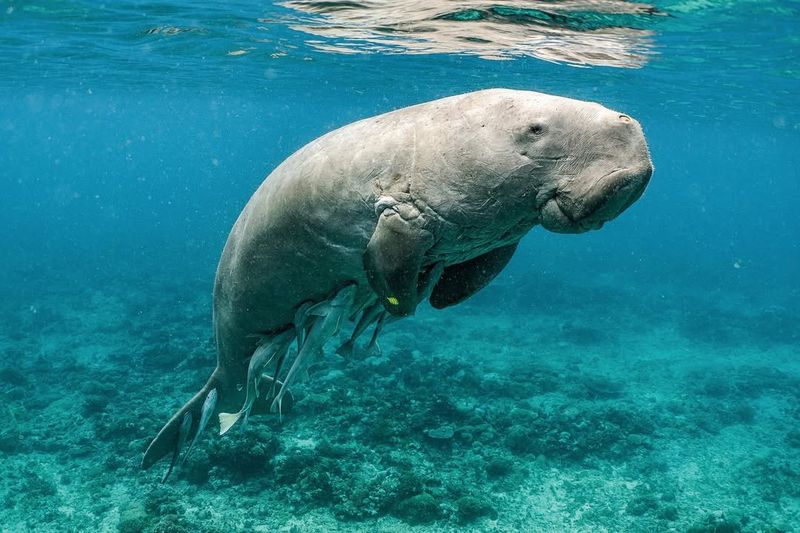
Dugongs, often referred to as “sea cows,” are marine mammals that feed on seagrass in coastal habitats. They are vulnerable due to habitat degradation, hunting, and entanglement in fishing gear. Conservation efforts focus on protecting seagrass beds and reducing human-related threats.
Dugongs play an essential role in maintaining the health of marine ecosystems. By supporting marine protected areas and conservation initiatives, we can help secure a future for dugongs and the biodiversity they support.
11. Green Sea Turtle
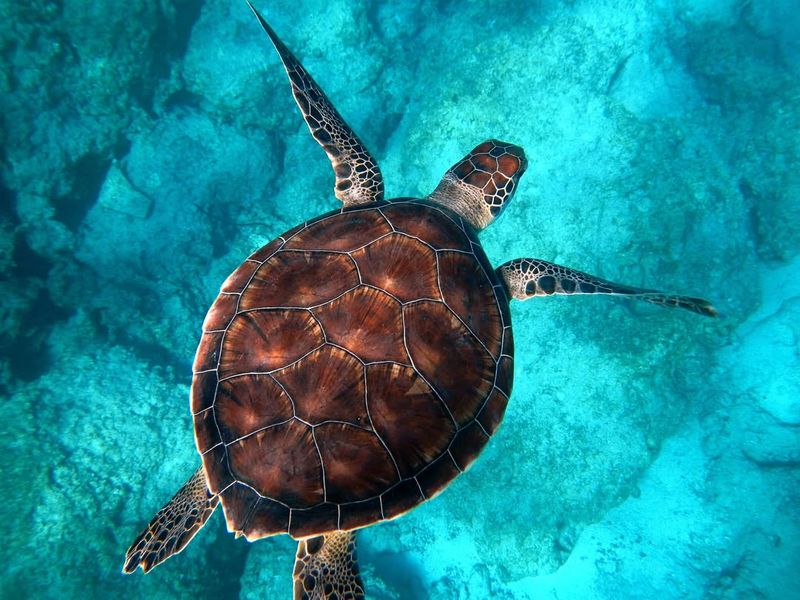
Green sea turtles are named for the green fat beneath their shells, a result of their herbivorous diet. Found in tropical and subtropical oceans, they face threats from habitat loss, poaching, and pollution.
Conservationists are working to protect nesting sites, regulate fishing practices, and reduce plastic pollution. Public involvement through beach clean-ups and sustainable practices can significantly impact their conservation.
12. Steller Sea Lion
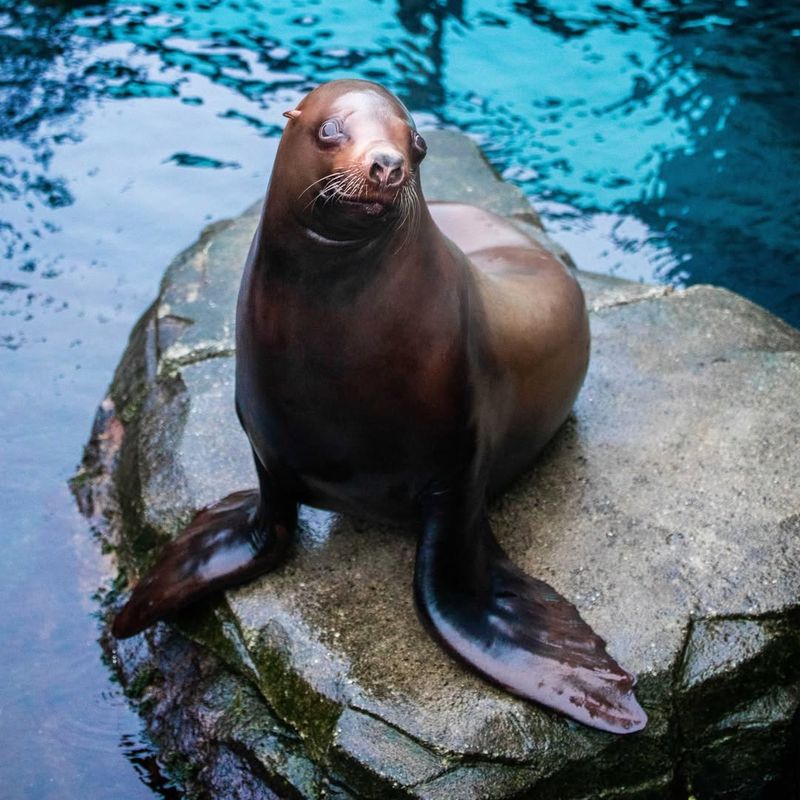
Steller sea lions are the largest of the eared seals, found along the North Pacific shores. Despite their robust appearance, they face threats from overfishing, habitat loss, and climate change. Populations have declined significantly, prompting conservation measures to protect their habitats and regulate fishing activities.
13. Hammerhead Shark
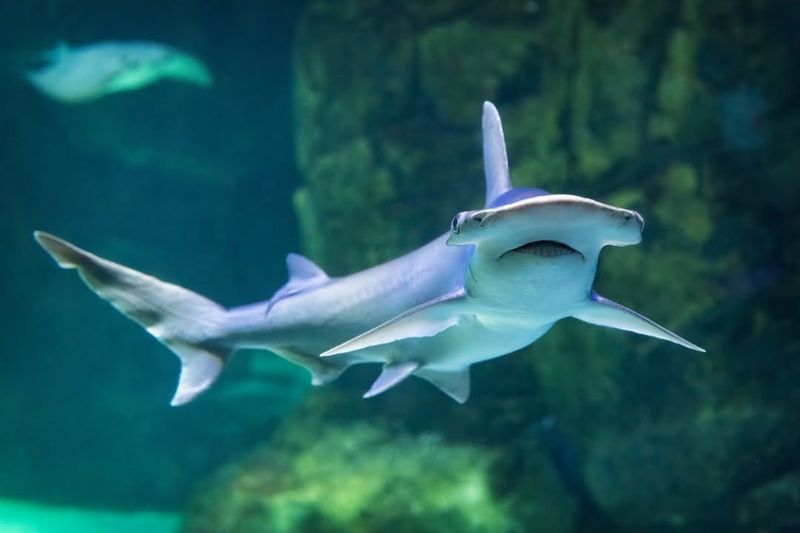
Hammerhead sharks are easily recognized by their unique head shape, which provides enhanced sensory capabilities. Found in warm waters worldwide, they face threats from overfishing and the demand for shark fins. Their populations are declining, raising concerns about their conservation status.
Efforts to protect hammerheads include regulating fishing practices and creating marine protected areas. Raising public awareness about the importance of sharks in marine ecosystems is crucial.
14. Orca Whale
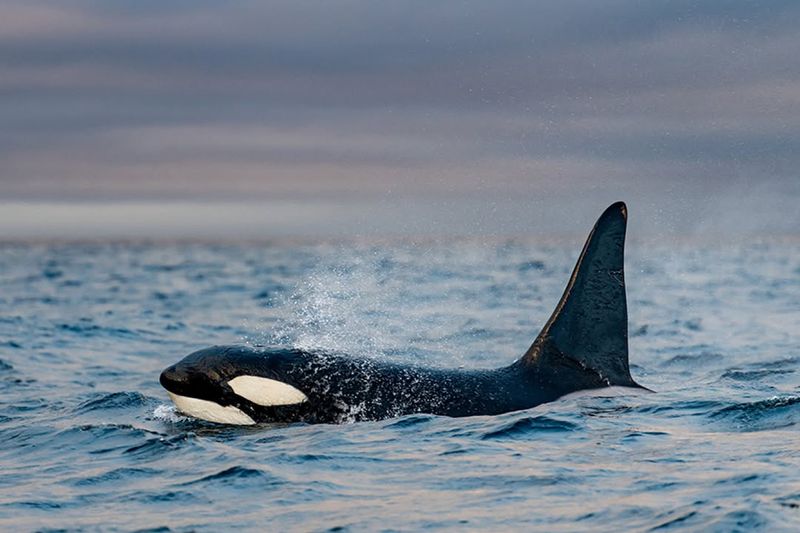
Orca whales, or killer whales, are apex predators known for their intelligence and complex social structures. Found in oceans worldwide, they face threats from pollution, habitat loss, and prey depletion. Conservation efforts focus on protecting their habitats and food sources.
Public education about the ecological role of orcas and the threats they face is crucial. By supporting conservation initiatives and reducing pollution, we can help ensure that orcas continue to thrive in healthy ocean environments.
15. Beluga Sturgeon
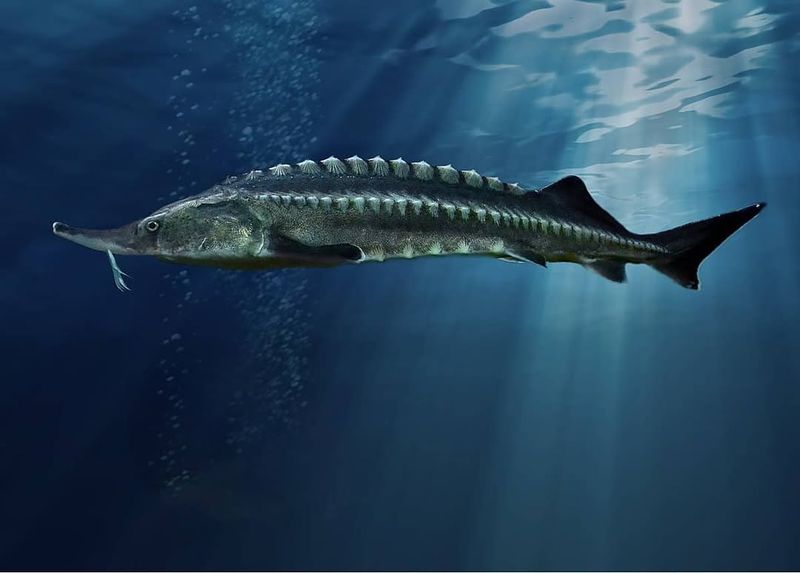
The beluga sturgeon, one of the largest sturgeon species, is critically endangered due to overfishing and habitat loss. Found primarily in the Caspian and Black Sea basins, they are prized for their roe, which is processed into caviar.
Conservationists are working to regulate fishing practices and restore their natural habitats.



